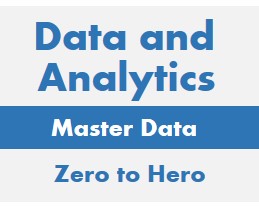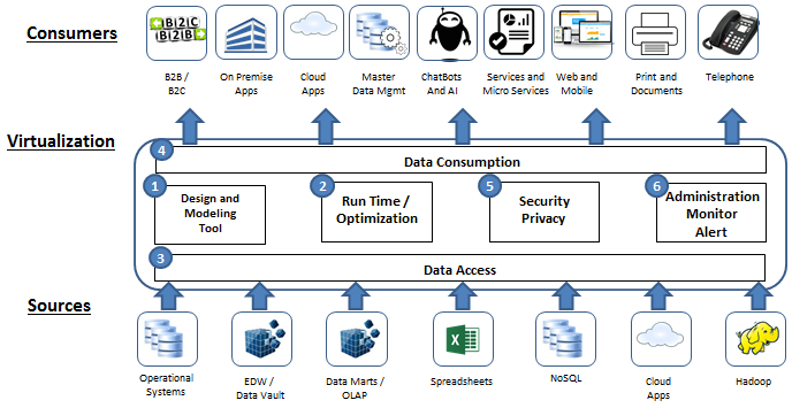


A Logical Data Warehouse (LDW) is a data warehouse that is implemented through Data Virtualization middleware rather than physically copying data. Data Virtualization is a technology that provides a consistent interface to data that is located in multiple, heterogeneous data stores. It provides a level of data abstraction which makes the data appear to users to be a single, large data store. The end-user does not need to know where data is physically stored or what type of database technology contains it.
Data Virtualization is a powerful technology which improves read access to data – such as:

Infogoal.com is organized to help you gain mastery.
Examples may be simplified to facilitate learning.
Content is reviewed for errors but is not warranted to be 100% correct.
In order to use this site, you must read and agree to the
terms of use, privacy policy and cookie policy.
Copyright 2006-2020 by Infogoal, LLC. All Rights Reserved.
